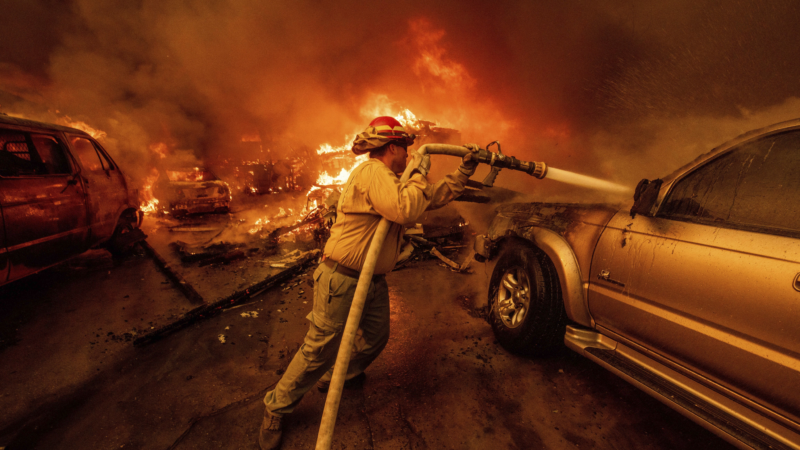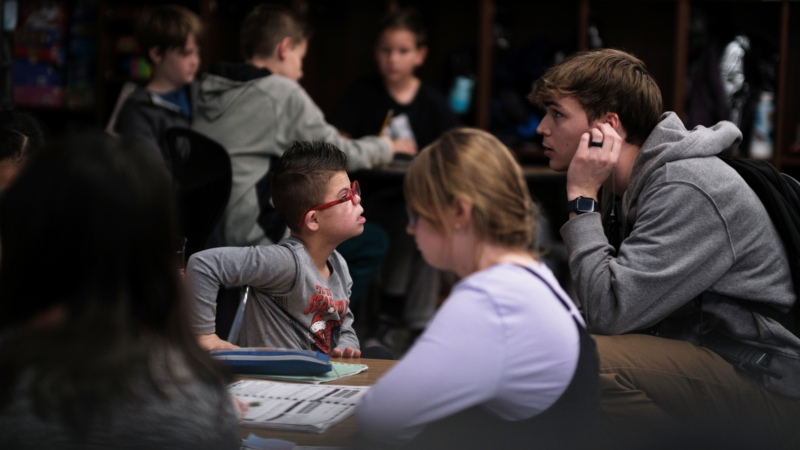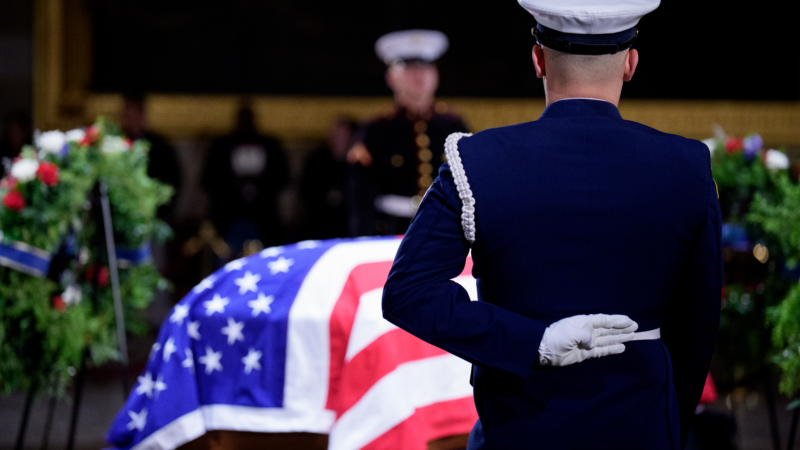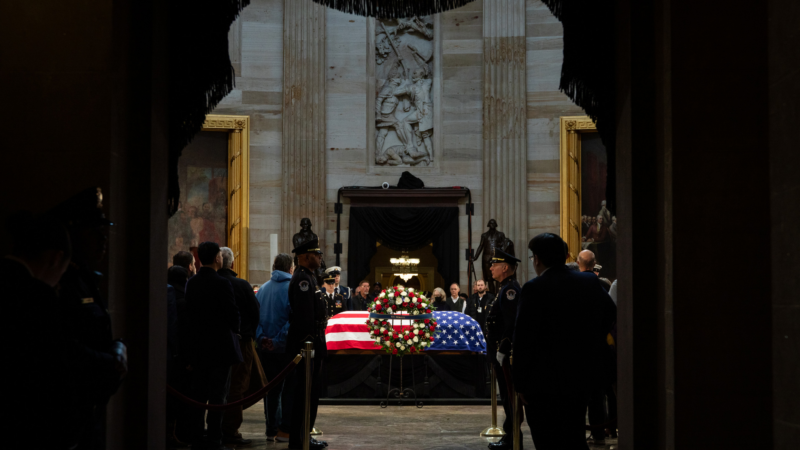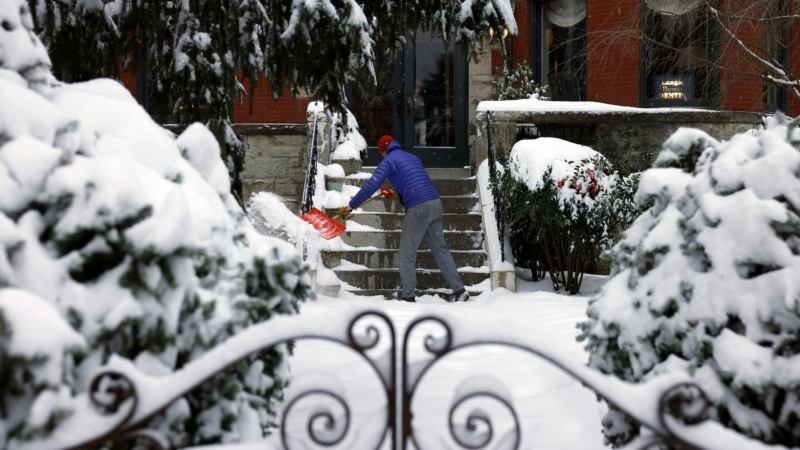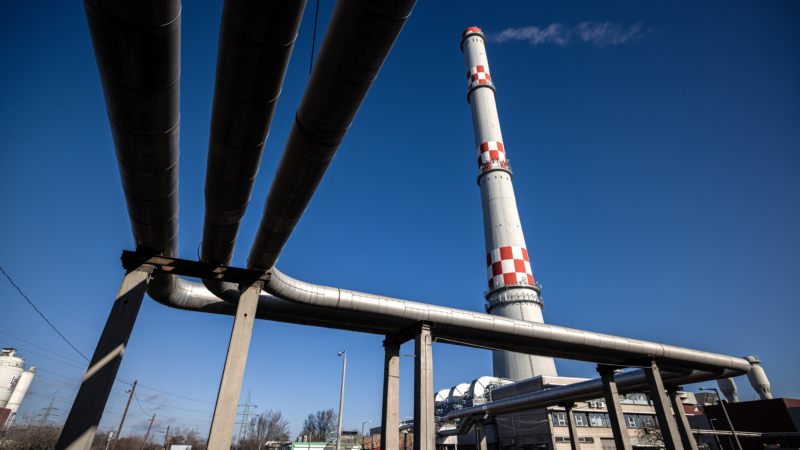Come for the roller coaster, stay for the shops: Can malls be fun again?

In the bleary predawn hours, it’s hard to tell Mall of America from any other high-end shopping center. Workers wield mops, hammers and forklifts. Under dim lights, Cinnabon bakers stretch and roll buttery dough. Around 7 o’clock, mall walkers silently swarm the building, meticulously tracing every nook of the perimeter.
But then, you grasp the scale.
Mall walkers count in the dozens, speed-stepping past towering unlit Christmas trees and 11-foot nutcracker statues. One lap around the mall is just over a mile. Local shopping malls vary in size, of course, but Mall of America is at least three of them stuck together. Maybe seven. Arriving in Minneapolis by plane, you first see it from the sky.
At 10 a.m. — opening time — a caravan of yellow buses releases a horde of middle-schoolers on a field trip. Like a shock wave, they push to the center of Mall of America, where roller coasters loop around a carousel, a zip line, a SpongeBob-themed jumping gym. The amusement park, Nickelodeon Universe, is a top reason locals visit.
“I feel like most of the time, we just go on rides,” says Sarah Matteen, whose 6-year-old daughter, Maeve, just went on her first big-kid ride: the soar-then-plunge Splat-O-Sphere. Now, Maeve is clinging behind her mom’s leg. “She said she had lots of butterflies.”
And now that’s over, what will they do?


“Probably go to a couple of different stores,” Matteen says. Will she buy something? “Probably.”
This was exactly the goal when Mall of America developers, back in 1989, decided to stick five football fields’ worth of roller coasters and playgrounds in the middle — with stores encircling them.
It was rare then; it’s still rare now. But the idea behind it — dubbed “retailtainment” — is a strategy many believe could save the American mall.
After a tipping point, malls try to be destinations
People don’t visit malls like they used to. For two decades, shopping centers have lost sales to the Internet. Foot traffic at indoor malls is 5% below what it was before the COVID-19 pandemic, according to tracking firm Placer.ai.
At the same time, malls have sprawled so much that per capita, Americans still have four times more retail real estate than Europeans, says retail expert Mohit Mohal.
“At some point of time, you know, you reach a tipping point,” says Mohal, who advises malls and retailers at the consulting firm Alvarez & Marsal. Growing by adding locations no longer works, he says, so: “Malls have now been asking, how do I create a compelling value proposition?”
That’s how the mall becomes home to gyms and salons, golf simulators and pickleball courts — not just shops but stuff to do, reasons for people to return. There are even hotels, offices and apartment complexes so a shopper may never have to leave the vicinity.

Plenty of malls cannot afford this change. Some are too far gone to try. Some grapple with theft or other crime, deciding to resort to limits like curfews.
But of those with a chance to make it for the long haul, many are trying to turn back time — to when a mall was more than just a place to return an online order, but a destination for the day.
They’re adding activities that “traditionally — 20 years back — people would have not gone to a mall for,” Mohal says. “And that is helping revive the traffic in the mall.
“I don’t think it’s the silver bullet, nor would I say that malls are dying, but I would say malls are evolving,” he adds.
If you build it, they will come — and shop
By lunchtime, Mall of America is teeming with toddlers toting Build-A-Bears, babies bouncing in strollers, adults studying store maps. A girl, around 10 years old, dangles from the top of a human claw machine.
The mall started out 80% retail and 20% entertainment, but now the split is closer to 60% and 40%, says Jill Renslow, one of the executives running this place. There’s a Sea Life aquarium, mini golf, arcades, escape rooms and a psychedelic fun house called Wink World. Gleaning from sister malls — New Jersey’s American Dream and Canada’s West Edmonton Mall — Mall of America is now building a water park.
Something stands out, however, talking to mall visitors around these spots: Many say the only things they bought or would buy that day, besides tickets, are snacks at the food court. How does that make sense for the rest of the mall, for the stores?

“The longer time that [people] spend in a space, typically they’re going to spend more money,” replies Renslow, chief business development and marketing officer. “But even if they don’t on that first visit, they’re going to come back because they had a great experience. … We’re along for the ride for the long haul.”
Mall of America doesn’t disclose financials as a privately held company, but Renslow says retail sales are up 5% so far this year. Visits are up 4%, she says. That’s nearly the reverse of the drop in foot traffic at malls nationwide.
Grabbing a bite turns into a ride — or two
Being a tourist destination certainly helps. Some 32 million people come every year. In a Minnesota winter, “we’re 70 and sunny every day,” Renslow jokes.
Almost on cue, a couple rolls full-size suitcases at the edge of Nickelodeon Universe: Janelle Mayfield and Evan McManus of Louisville, Kentucky.
“We literally just landed,” Mayfield says.
They jumped on the light rail at the airport and discovered it drops them directly at the mall. With a few hours to kill before Airbnb check-in, they thought they’d grab a bite — but found themselves between a log chute and a climbing wall. A roller coaster thunders overhead, heading for a loop.
“I’m wanting to, as soon as the Airbnb opens up, drop off our luggage and then come back,” Mayfield says, laughing.
The mall’s gravitational pull has worked once again.
Dreaming up reasons for people to visit
The strategy, it seems, hinges on a simple premise: Just get people in the door.
Mall of America throws 300-some events a year: the largest gathering of people dressed as Teenage Mutant Ninja Turtles, a 67-foot-tall real gingerbread house, hair-bedazzling before Taylor Swift’s concert, wrestling matches, even a rave.


“We brainstorm. We go, ‘What can we do? What would be fun? What would grab the attention?'” says Dan Jasper, a senior vice president. “We had a bride and groom get married in Sea Life, in the shark tank, in scuba gear. … Shark knocked her veil off, live on national TV.”
One time, they got singer Ed Sheeran staffing the Lego store. Renslow says the staff constantly tracks upcoming concerts, music and movie releases.
This also means a never-ending hunt for uncommon stores and pop-ups: a spa for children, a shop of Japanese snacks and toys, a physical space for a TikTok brand.
“There’s always been construction here for the whole 16 years I’ve been here,” says Andrew Stokke, a housekeeper, leaning on his cleaning cart at the foot of a roller coaster tower. He points in every direction: “This is brand-new. That’s brand-new. It’s constant.”

This, of course, takes a lot of money and staff. Renslow acknowledges this and the fact that Mall of America’s size, history, reputation and private ownership give it power that few other malls enjoy. She also calls change the key ingredient and staleness the enemy of survival.
“You can’t fall by the wayside of just doing what you’ve always done,” Renslow says.
It’s the mall’s job to reinvent itself to draw people in — then it’s up to the stores to turn those visitors into shoppers.
More fires erupt in Southern California and spread to the Hollywood Hills
Three new fires broke out in Los Angeles and Ventura counties on Wednesday. California Gov. Gavin Newsom said more than 7,500 personnel are helping in the response to the infernos.
Special ed students benefit from being integrated at school. It doesn’t always happen
Research shows including students with and without disabilities in the same classroom can benefit everyone. Two students with Down syndrome show what can be gained when that happens.
U.S. stock markets close to honor former President Jimmy Carter
The New York Stock Exchange and the Nasdaq will both observe Thursday's national day of mourning in a Wall Street tradition dating back to 1865.
All 5 living presidents expected to attend Jimmy Carter’s National Cathedral funeral
President Biden is expected to deliver a eulogy to former President Jimmy Carter at the National Cathedral service.
A major winter storm will bring snow to the South. Here are tips from winter experts
Southern states don't often deal with winter conditions, but New England does. New Hampshire especially has tips for how to prepare for a winter storm.
Here’s what’s behind Russia cutting off its last gas line to Europe
A decades-long Russian-Ukrainian transit gas deal to Europe ended on Jan. 1. For now, the most acute effects are being felt in a region called Transnistria, on the eastern edge of Moldova.
